New to programming and first time post.
I'm trying to create a stacked bubble chart to display how a population breaks down into it's proportions. My aim is to write this as a function so that I can use it repeatedly easily, but I need to get the meat of the code sorted before turning it to a function.
This is the type of plot I would like:

This is the code I've tried so far:
library(ggplot2)
# some data
observations = c(850, 500, 200, 50)
plot_data = data.frame(
"x" = rep.int(1,length(observations))
,"y" = rep.int(1,length(observations))
, "size" = rep.int(1,length(observations))
,"colour" = c(1:length(observations))
)
# convert to percentage for relative sizes
for (i in 1:length(observations))
{
plot_data$size[i] = (observations[i]/max(observations))*100
}
ggplot(plot_data,aes(x = x, y = y)) +
geom_point(aes(size = size, color = colour)) +
scale_size_identity() +
scale_y_continuous (limits = c(0.5, 1.5)) +
theme(legend.position = "none")
This produces a bullseye type image.
My approach has been to try and work out how the circle radii are calculated, and then update the y value in the for loop for each entry such that all the circles touch at the base - this is where I have been failing.
So my question: How can I work out what the y coordinates for each circle needs to be?
Thank you for any help and hints.
